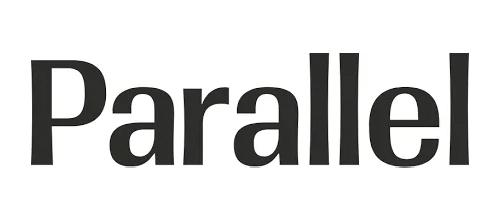
Payroll processing is an important aspect for every organization.
It’s the way you reward and retain your people for all of their hard work. Failure to accurately pay your people can result in penalties, fines, and disengaged employees.
Without the right resources and knowledge, processing payroll can be frustrating, time consuming, and complicated. This is why many organizations choose to outsource payroll and tax management to a third-party provider. Whether or not your organization outsources payroll or performs processes in-house, here are 5 things you need to know and the top resources to help:
New Hire Procedures

Regardless of whether a new employee is full-time, part-time, or seasonal, policies and procedures should always be consistently enforced. Ensure a new hire is authorized to work in a country and comply with new hire paperwork requirements. Necessary new hire forms may include:
- Form I-9– A form each new hire must complete to verify work authorization
- Form W-4– This form determines the amount of federal income tax to withhold from an employee’s wage. Some states may also require a tax withholding form.
- Notice of Coverage Options- Under the Affordable Care Act (ACA), employers must provide a Notice of Coverage Options to all new hires.
- State and Local Notices- Depending on a jurisdiction, employers may be required to provide specific notices to new hires.
As many organizations are going paperless, it’s important to understand the requirements for a valid electronic signature. You can click here for the guidelines stated in the Electronic Signatures in Global and National Commerce Act (ESIGN).
Employee Classification

Misclassifying employees can be a costly mistake. It’s critical to recognize the different classifications of employees:
Exempt vs. Non-Exempt Employee
The Fair Labor Standards Act (FLSA) has put in place requirements for exempt employees. An exempt employee is usually a salaried employee that is excluded from the Act’s overtime pay provisions. A non-exempt employee is commonly a wage employee that is entitled to overtime if they work more than 40 hours per week. A misclassified employee may miss out on earned overtime pay.
Independent Contractor vs. Employee
According to the IRS, an independent contractor is a self-employed person and is not paid through payroll. An employee is paid through payroll and entitled to certain benefits like overtime, family/medical leave, and unemployment. Check out these guidelines to help you in determining whether you should be issuing an individual a 1099 or W-2.
Worker Compensation Classes
Worker compensation class codes are a way for insurance companies to identify specific categories of work. For example, if you hire Amy as an Administrator, she will have a different code than Joe, the maintenance man who performs different work that may be considered more dangerous. Miscoding an employee can have severe implications in the case of a workers’ compensation claim.
Employee Record Keeping

The FLSA requires employers to maintain certain records for both exempt and non-exempt employees. Part of the required documents include employee contracts, time cards, and records that show deductions from additions to wages. Under ADEA, employers must keep all payroll records for three years. Each state may have further requirements. A single employee record is an easy way to maintain records and ensure compliance.
Wage Payments
For payroll processing, it’s essential to have an understanding of federal and state minimum wage laws. In some cases, the minimum federal wage differs from a state minimum wage. The higher rate is always applied. It’s important to note that the minimum wage law applies to tipped workers as well. States may have additional requirements such as paid rest breaks or set paydays. View state minimum wage laws here.
Payroll Taxes
Employment taxes are broken up into two categories- deductions from an employee’s wages and taxes paid by the employer based on the employee’s wages. Employers are responsible for withholding and paying federal, state, and local employee taxes in conjunction with their own portion. Employers must also report payroll taxes quarterly using Form 941.
Processing payroll is a huge undertaking. Understand the laws surrounding payroll processing and your organization’s unique requirements to determine how your organization can efficiently process payroll and maintain focus on more strategic business initiatives.
Psst: Our newsletters are basically
HR cheat sheets, delivered to
your inbox
Find daily inspiration and get tips for your day
Network with us on LinkedIn
Love tips and the occasional freebie?
Like us on Facebook
On the count of 3,
get ready to
say cheese!
We’re on Instagram
The best 280 characters you’ll ever read
Follow us on Twitter
Watch demos, learn features and much more
Subscribe to our channel









